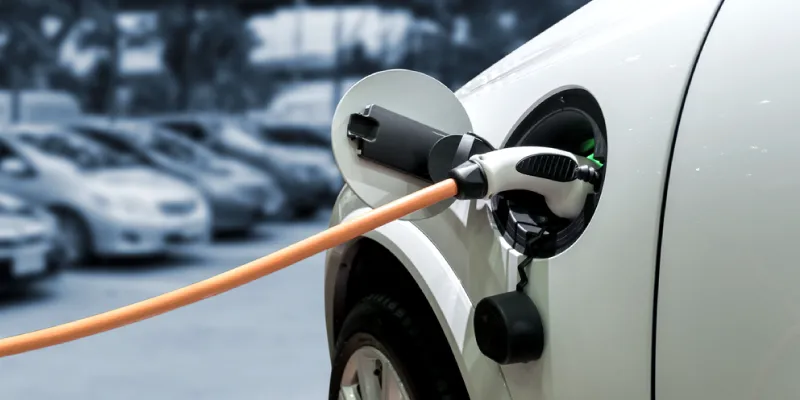Sale of electric cars surged 268%: smallcase subsidiary report
The electric two-wheeler segment also witnessed an exponential 404% growth due to a lower base witnessed last year.
The sale of electric cars (e4w) surged 268% to 18,142 units in H1FY23, compared to just 4,932 units sold during the same period last year, as per a study done by Windmill Capital, a SEBI-registered Research Analyst (RA) and a wholly-owned subsidiary of Technologies.
The report also said that the cumulative retail sales of electric two-wheelers (e2w) during the first half of FY23 was 2,77,910 units. It said the exponential 404% growth in the sale of e2w is due to a lower base witnessed last year.
The sales figure last year in the same period was just 55,147 units. Monthly unit sales of e2w crossed the 50,000 unit mark for the first time in August 2022, improving further to 68,324 two-wheeler EVs sold in October—the highest in 2022.
Electric two-wheelers
The Indian e2w space is a lot more competitive, with the top three players commanding over 50% market share. Okinawa Autotech is leading the market with an 18.8% market share, while Ola Electric, which sells EVs under the S1 brand, holds the second spot with cumulative sales of 44,801 units and a market share of 16.1%.
Hero Electric holds the third spot, selling 43,388 units and a market share of 15.6%. Greaves Cotton-owned Ampere Vehicles is in 4th place with a 13.6% market share. Hero Motocorp-backed Ather Energy, TVS Motors, and Bajaj Auto are the other major players in the e2w market in India.

How SWYTCHD is helping people ride an electric vehicle without buying one
Electric four-wheelers
The report calls Tata Motors the leader in the e4w space. It sold 15,518 units during the first half of FY23, commanding a market share of nearly 86%.
While EV sales growth numbers are very high due to the low base, their adoption rate still remains quite low. Major auto manufacturers are also betting big on the EV theme.
Abhishek Jadon, smallcase manager, and VP—Windmill Capital said, “The central government and multiple state governments have been providing incentives to boost the development of the electric mobility ecosystem. The former has increased budgetary support for the FAME scheme. It has also exempted EVs from registration charges and offered tax deductions on interest paid on loans availed to purchase EVs. State governments have been offering incentives on the supply side. Exemption of stamp duty on the purchase of land for EV production, reimbursement of SGST for EV manufacturers, tax exemptions on electric tariff, land subsidy, etc are some of the available supply-side incentives.”
High cost of EVs
The government’s support, active participation from the industry and high fuel prices are all positives for the EV industry. However, the high total cost of ownership (TCO) is a barrier for EV adoption. TCO is the sum of all costs involved in the purchase, operation, and maintenance of a given asset during its lifetime.
Upfront costs of EVs are usually higher compared to Internal Combustion Engine (ICE) vehicles, and are a major barrier to EV adoption in the price-sensitive Indian market. However, one also needs to consider the subsidies related to EV purchase and their lower operating cost.
Edited by Kanishk Singh







